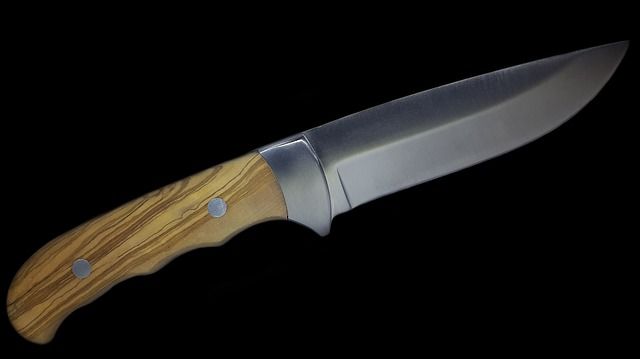Wood carvings are some of the beauty decors we acquire. Some of us have put these carvings in our houses and offices. Nowadays, some sports have even adopted the initiative of awarding lucrative wood carvings as trophies. These wood carvings try to promote the culture of the involved sport. It is also a sign of appreciating the artwork done by the woodcarvers.
These wood carvings cannot gain fame and shape if they are not carved perfectly. There are tools required to make sure that the carving gets its desired shape and appearance. One of the tools needed for this task is the wood carving knife - not just a knife but a Japanese wood carving knife. Famously known as “Kogotana” it has proved its worth in the carver’s hands. We will discuss some of the key features that make this knife exceptional from other carving knives.
Contents
What is used in the making of Japanese wood carving knife
The knife has a forge-welded steel cutting edge. This is because the carver needs a strong woodcutting edge of the knife. The cutting edge is then welded to a two-layer soft and tough iron handle. This gives the advantage of lessening the snapping of the hard but brittle steel because of the embedded soft iron. The hard steel is made such that it is a single bevel. This reduces the time you need to sharpen it flat. Some carving knives are fitted into Japanese oak as their handle. The oak is made soft and smooth forthe comfortability of the user while working
What are the features that distinguish Japanese wood carving knife from other knives?
The carving knife has very cool features that make even woodcarvers and carpenters want to acquire this knife. Take your time to read about the key features that distinguish it from the rest are discussed
Razor-sharp cutting edge
The steel that is used to make its cutting edge is curved to form a single bevel. This bevel is sharpened well and it super sharp to cut through any type of wood. This feature gives Japanese carving knives a boost in cutting and shaping wood. You have to be careful while using it since it might cut you if you miss your target
Durability
The soft and tough iron that is used in creating its handles makes it last longer. The stainless and carbon steel used in on the cutting edge also lasts long. It does not require frequent sharpening hence making it even more durable.
Handling
It’s comfortable to handle in any position. The Japanese oak and the soft iron make the knife’s handles. They are made soft to avoid any blisters when working.
Different profiles
The carving knives come in 5 different profiles. These profiles are meant for various tasks and carvers. It gives you a choice to select your best profile.
General-purpose property
The carving knives are designed to serve all types of tasks. From chipping to marking and cutting, the knives suit it all. This general-purpose property has made it common among woodcarvers and carpenters. Also, campers have decided to use them at some point more so when setting up their camp.
Rust resistance property
As the name stainless steel suggests, the cutting edge does not gather any rust. It was designed this way because woodcarvers come into contact with different fluids while working. This rust resistance property makes the knife last longer.
Which are the few Japanese wood carving knives
The list of Japanese wood carving knives is only but a selection of the best knives in the market. There are other brands and qualities of the same, so you are not restricted to this list. The list is only an eye-opener of what you expect.
Pros
Cons
Conclusion
It may seem easy to identify the best knife, but you may be wrong. As we all know man is to err, it is advisable to get some advice on the right knife to purchase. This will save you time and also disappointments.
As we have seen the various features of the Japanese wood carving knife, you need to have one of these knives if you wish to curve some wood for leisure. For the professionals, you cannot miss such an essential tool in your workshop. We recommend the Japanese wood carving knife since we have proved it fit for use in wood carving. This is a recommendation pulled from our field research.

